The European Community has finally adopted the decree on the promotion of self-consumption of energy from renewable sources.
The Italian decree on the creation of RECs at a glance
Energy communities are groups of people who come together to generate their own electricity from renewable energy sources. They are set up to provide environmental, economic and social benefits to community members and serve to achieve the 2030 decarbonization targets and strengthen Italy’s path to energy security by enhancing the local area.
At the presentation of the decree to promote the creation of RECs by the MASE (Ministry of the Environment and Energy Security), two measures in particular were announced: an incentive tariff for renewable energy produced and shared and a subsidy. The total eligible capacity is 5 gigawatts, with a time limit until the end of 2027.
For RECs built in communities with fewer than 5,000 residents, there is also a non-repayable grant of up to 40 percent of eligible costs related to the investment made for the construction of a new facility or the modernization of an existing facility.
This measure is financed with 2.2 billion from the PNRR (National Recovery and Resilience Plan) with the aim of realizing a total output of at least 2 gigawatts. The non-repayable subsidy can be combined with the feed-in tariff within certain limits.
The benefits apply to all renewable technologies, such as photovoltaics, wind power, hydropower and biomass. In the case of RECs, groups of citizens, apartment buildings, small and medium-sized enterprises as well as local authorities, cooperatives, associations and religious institutions can be beneficiaries of the measure. The capacity of individual installations may not exceed one megawatt.
The GSE (Gestore dei Servizi Energetici) is responsible for administering the measure, checking the conditions for access to the benefits, paying out the incentives and possibly carrying out a preliminary eligibility check at the request of interested parties.
How does the feed-in tariff work and who is entitled to it?
The MASE decree provides for the recognition of an incentive tariff for the renewable energy produced and shared, which is made up of a fixed component depending on the size of the installation and a variable component based on the market price of energy. The incentive tariff increases as the capacity of the plants decreases and the market price for energy falls, with a higher tariff applying to plants in the central and northern regions of Italy.
Incentives in the form of a tariff can also be combined with capital grants of up to 40 percent, while respecting the principle of the prohibition of double funding in accordance with Article 9 of Regulation (EU) 241/2021. The facility, which has a total budget of €3.5 billion, will be financed by a levy on the electricity bills of all consumers.
Decree-Law no. 199 of 2021 provides that support for electricity generated by RES installations and included in self-consumption configurations for the shared use of energy may be granted to Renewable energy communities, collective self-consumption systems from renewable sources, individual decentralized self-consumption systems from renewable sources that use the electricity distribution network, with a maximum capacity of the individual installation or upgrade measure that does not exceed 1 MW, and provided that the generation installations and extraction points that are part of the RECs are connected to the distribution network through connection points that are part of the area subject to the same primary cabin.
The decree provides for a fixed incentive tariff for 20 years, which is credited against the share of shared electricity. The access procedure for the recognition of the incentive tariff stipulates that the corresponding application must be submitted to the GSE within 120 days of the commissioning of the installations.
The subsidies
Many Italian municipalities are already working on feasibility studies. The REC decree is in fact also based on the recognition of a non-repayable subsidy for the territories of municipalities with less than 5,000 inhabitants, which can cover up to 40 percent of the investments made by the founders of an energy community. The funds for financing the subsidy come from the PNRR in the amount of 2.2 billion euros. The total capacity that can be subsidized up to mid-2026 is 2 GW. Additional advantage: The subsidy can be combined with the tariff incentive.
Founding a REC: members and purpose
Energy communities are associations that independently decide to build a renewable energy infrastructure. A REC can consist of citizen groups, multi-family dwellings, small and medium-sized enterprises, as well as local governments, cooperatives, associations and religious institutions. There are three types of members:
- Passive consumers (consumers), who have only one tapping point.
- Producers, who own a production facility.
- Prosumers (consumers), who have equipped themselves with a production facility for their own consumption.
Prosumers and producers can share the electricity generated with the entire community. The calculation of the electricity shared and self-consumed by the REC is carried out directly by the GSE on the basis of the measurements sent by the distributor.
In order to create a REC, a non-profit legal entity must be created after identifying the territory concerned, whose main purpose in its statutes is to provide community-related environmental, economic or social benefits to its members or the territories in which it operates.
MAPS Digital Energy Community: MAPS Group’s solution for RECs
To support and facilitate the development of new renewable energy communities, MAPS Group has developed MAPS Digital Energy Community, a software solution that simplifies and optimizes the activities of creating and managing RECs, from the preliminary analysis of energy flows to the estimation of economic performance for carrying out feasibility studies, going through the promotion of REC projects to collect expressions of interest to join in and the administrative, accounting and operational management of these renewable energy sharing configurations.

